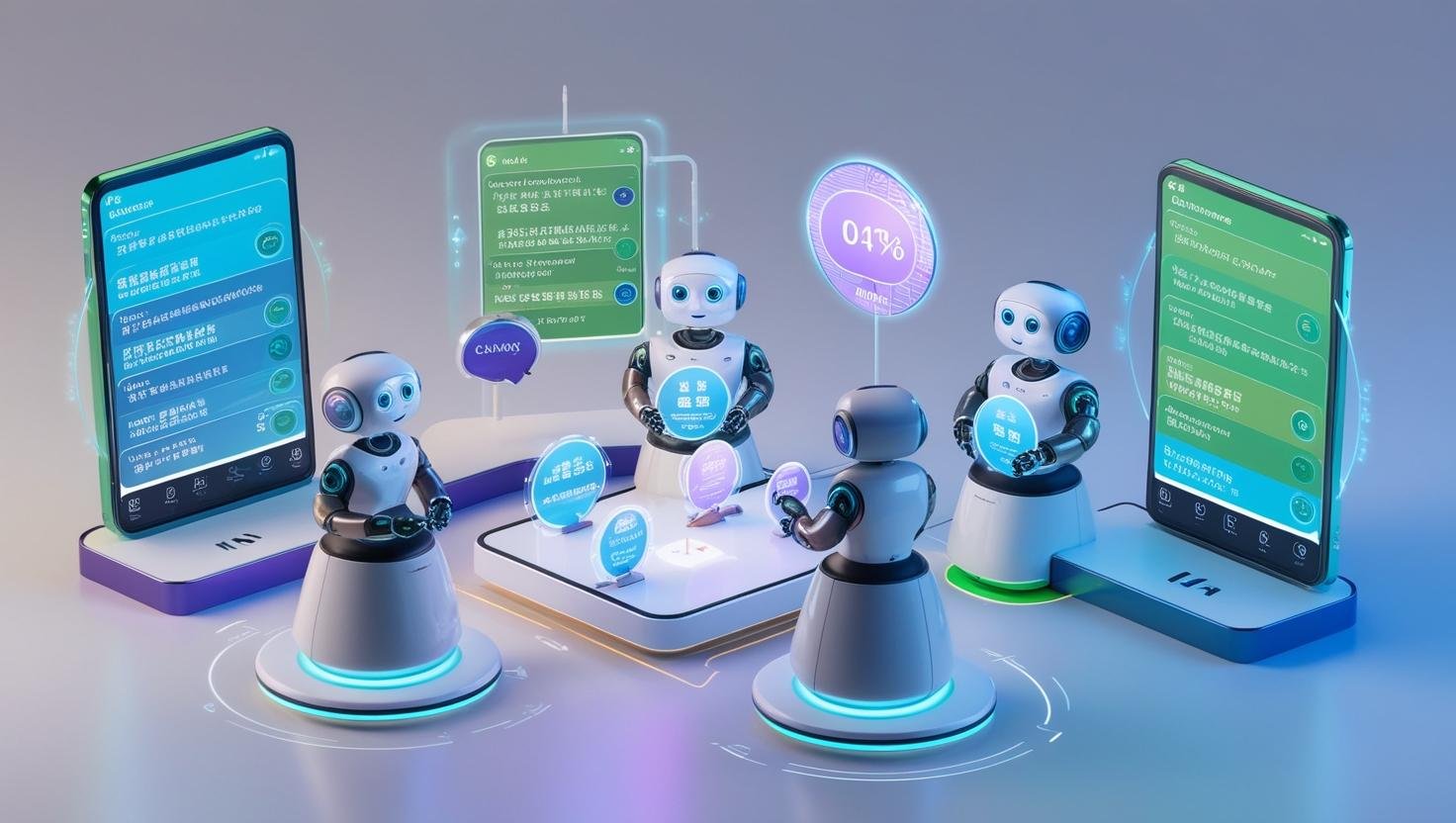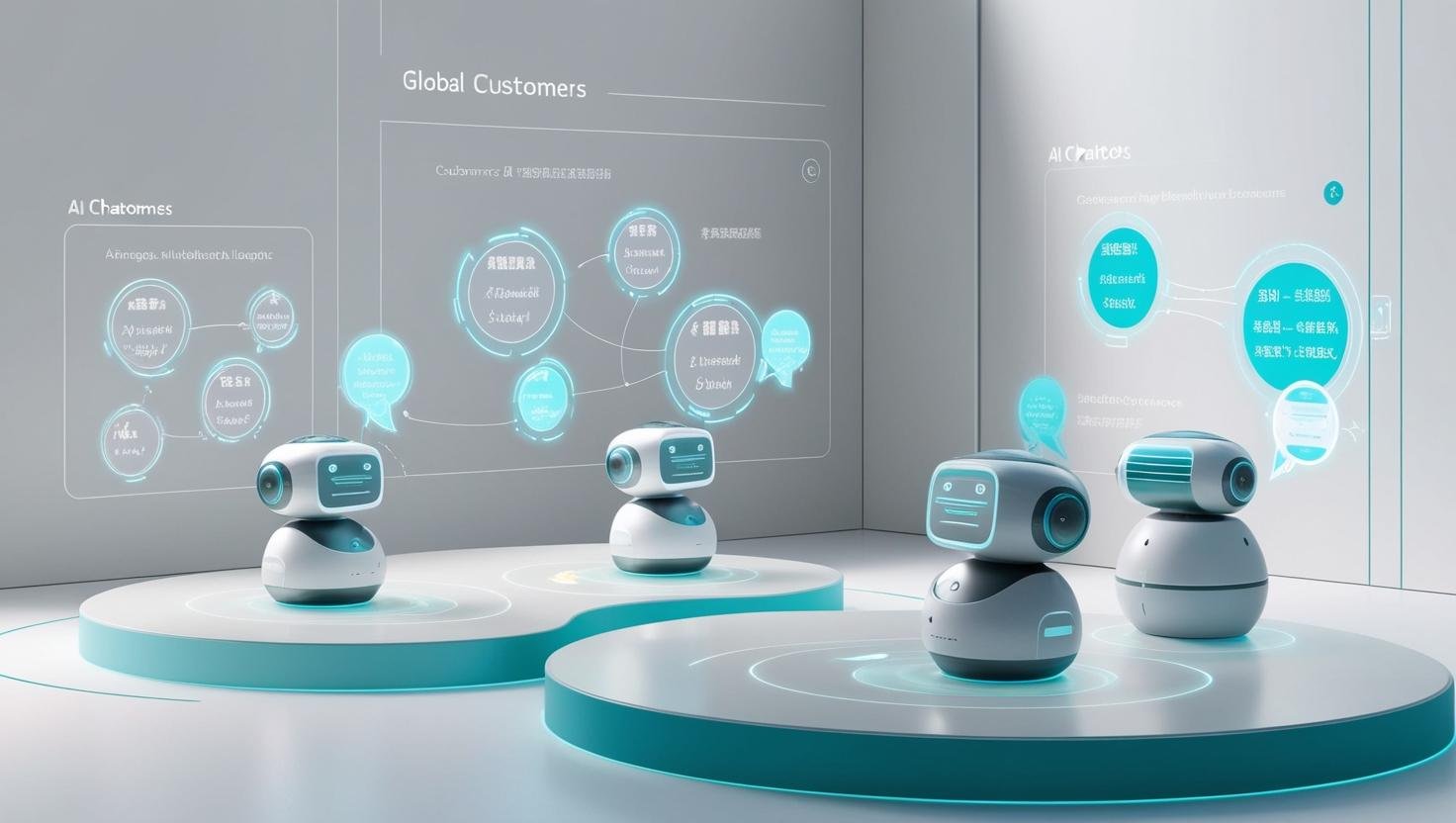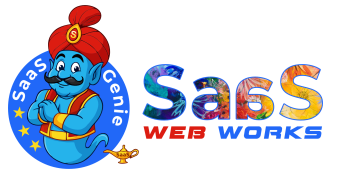Multilingual AI Chatbots: How to Serve Global Customers Without a Big Team
Did you know? Businesses that offer customer support in a buyer’s native language are 72% more likely to close a sale (CSA Research). Yet, hiring multilingual staff for 24/7 coverage is expensive and impractical.
The solution? AI-powered multilingual chatbots—your always-on, cost-effective global support team.
At SaaSwebworks, we’ve helped businesses deploy chatbots that handle conversations in 50+ languages, reducing support costs by 40-60%. Here’s how you can do it too.
Why Multilingual Chatbots Are a Game-Changer
1. Break Language Barriers Instantly
- 55% of consumers only buy from sites offering info in their language (Harvard Business Review).
- AI chatbots auto-detect and respond in the user’s preferred language (no manual switching needed).
2. Reduce Costs Dramatically
- Hiring bilingual agents can cost $50K+/year per employee (Glassdoor).
- A chatbot handles unlimited languages for a flat SaaS fee.
3. Improve Response Times Globally
- No more delays for time-zone handoffs.
- Example: A travel company reduced French/Spanish query resolution time from 12 hours to 2 minutes.
How to Implement a Multilingual Chatbot (Step-by-Step)
Step 1: Choose the Right SaaS Platform
Top Tools with Native Multilingual Support:
- Zendesk Answer Bot (50+ languages)
- Intercom (30+ languages)
- Drift (Auto-translation + language detection)
For Custom Solutions:
- Dialogflow (Google) or Amazon Lex + translation APIs
Step 2: Train Your Bot for Cultural Nuances
⚠️ Direct translations can backfire! Example:
- A bank’s bot told Spanish users to “embarazar” (impregnate) payments instead of “embargar” (hold).
Best Practices:
✔ Use native-speaking linguists to review key phrases.
✔ Adapt tone/formality (e.g., Japanese requires honorifics).
Step 3: Integrate with Your Tech Stack
- CRM (Salesforce, HubSpot): Log interactions per language.
- Payment Systems: Localize currency/checkout steps.
- Knowledge Base: Sync help articles in multiple languages.
Step 4: Deploy & Optimize
- Start with 5-10 core languages (prioritize your top markets).
- Use analytics to spot translation gaps (e.g., high fallback rates for Korean queries).
Real-World Success Stories
Case Study 1: E-Commerce Brand Expands to LATAM
- Challenge: Needed Spanish/Portuguese support but lacked bilingual staff.
- Solution: Deployed a Zendesk bot with localized product FAQs.
- Result:
- 35% increase in LATAM sales
- 80% of pre-sale queries handled without human agents
Case Study 2: SaaS Startup Cuts Support Costs
- Challenge: High ticket volume from Europe/Asia.
- Solution: Intercom bot with auto-translation + escalation rules.
- Result:
- 50% fewer support hires needed
- CSAT scores rose 22% in non-English markets
Pitfalls to Avoid
❌ Relying only on Google Translate (lacks industry/context accuracy).
❌ Ignoring local regulations (e.g., GDPR compliance for EU languages).
❌ Forgetting to update content (translated FAQs must match product changes).
Future Trends: Beyond Translation
- Voice-enabled multilingual bots (for emerging markets where typing is less common).
- AI that detects regional dialects (e.g., Mexican vs. Argentinian Spanish).
- Real-time slang/colloquialism adaptation.


Ready to Go Global?
A multilingual chatbot can be live in under 2 weeks with the right SaaS partner. At SaaSwebworks, we specialize in:
- Custom AI chatbot development
- Seamless multilingual integrations
- Ongoing optimization
Need a bot that speaks your customers’ language? Book a free consultation today →
Did You Find This Helpful?
🌍 Share with teams expanding globally!
🤖 Comment with your chatbot questions below.

